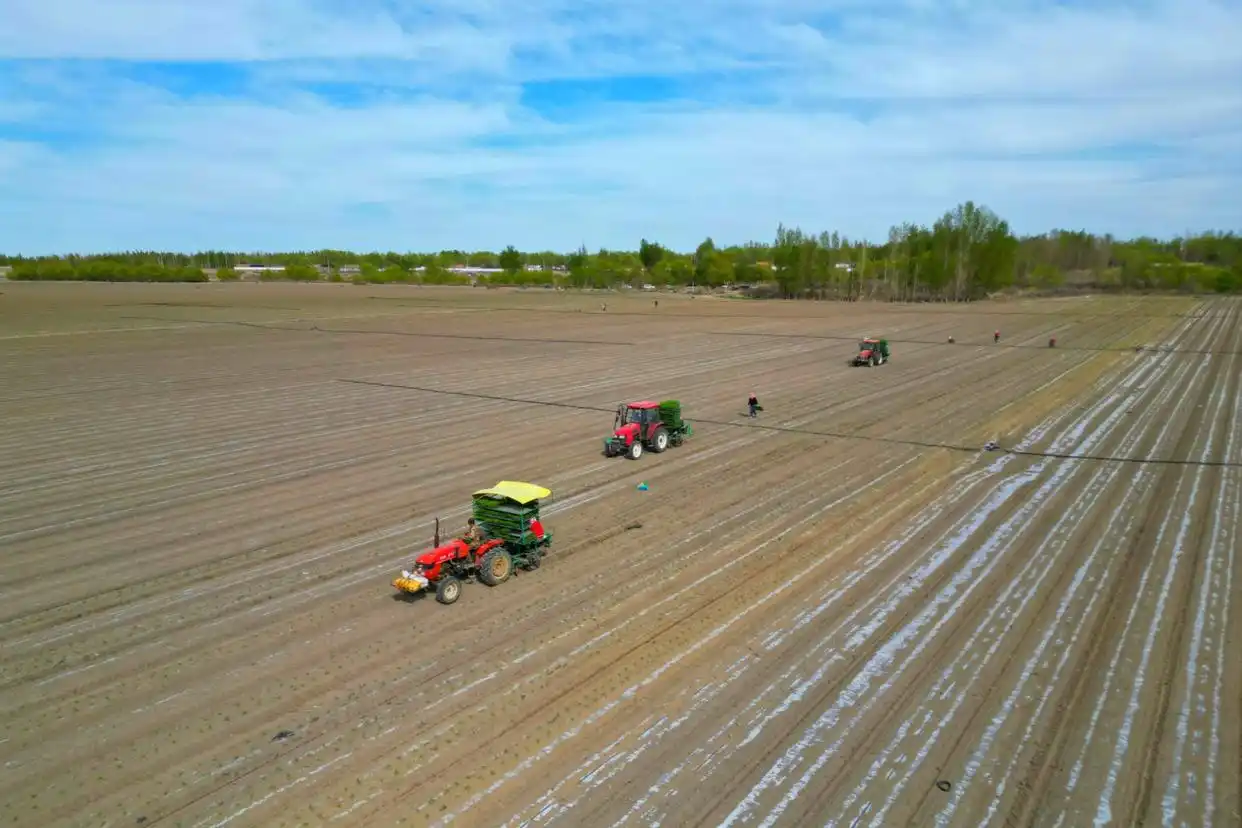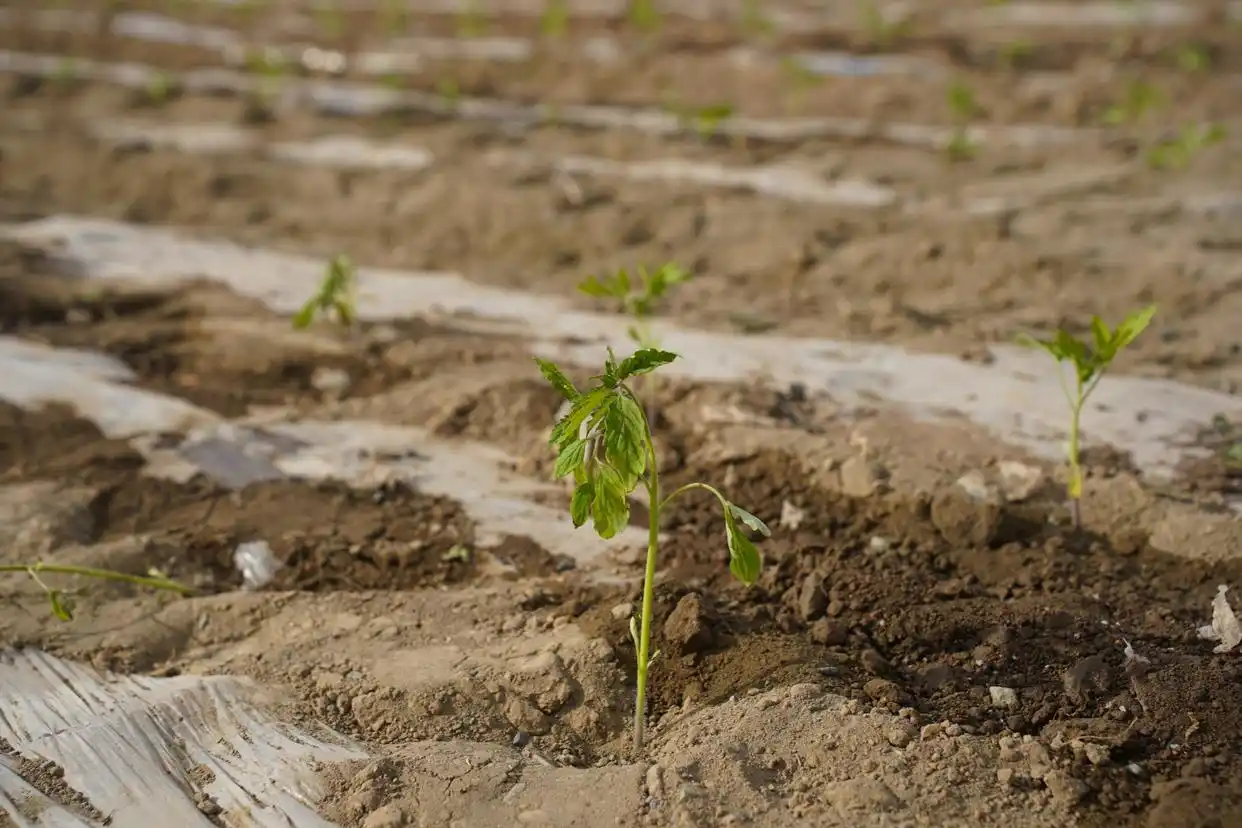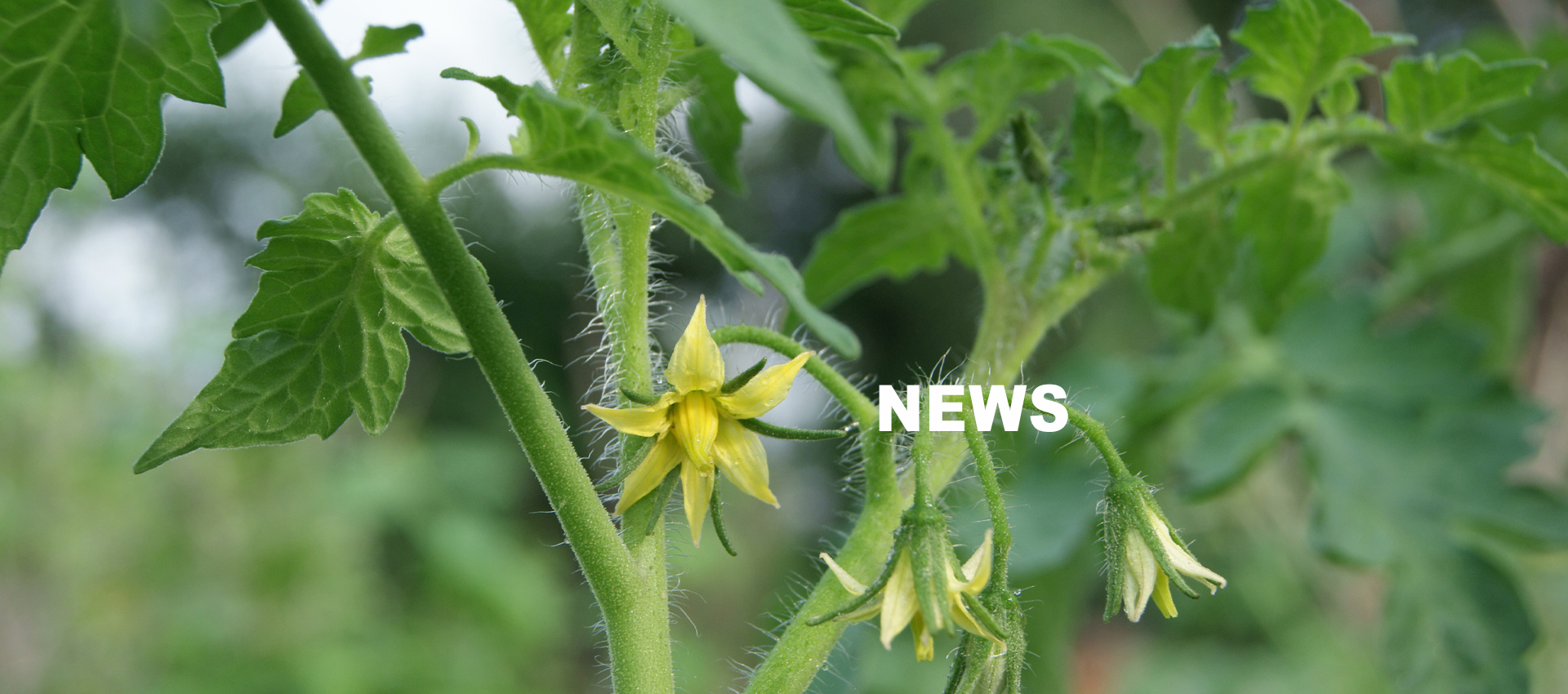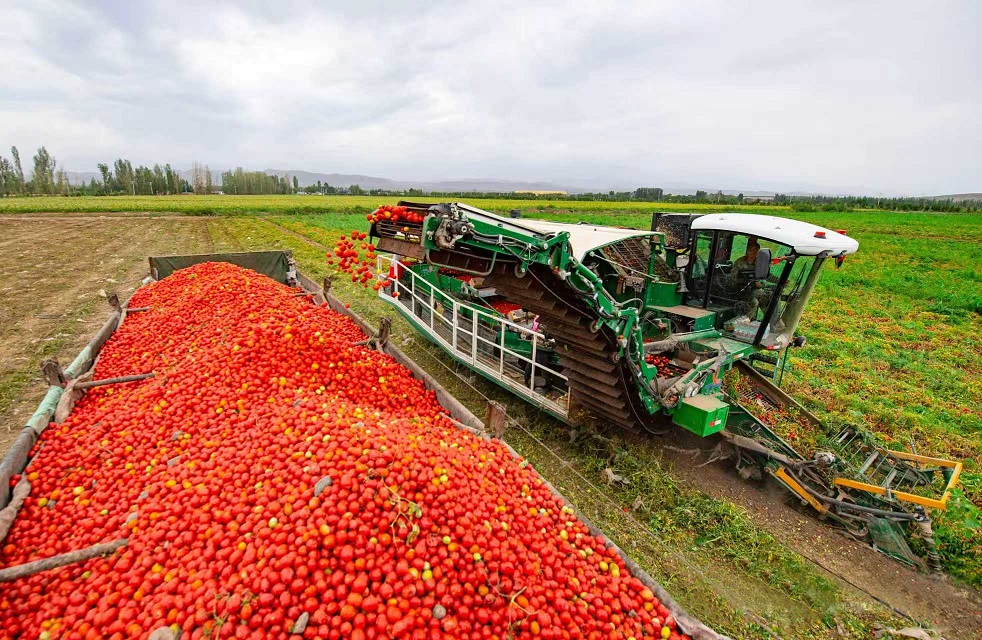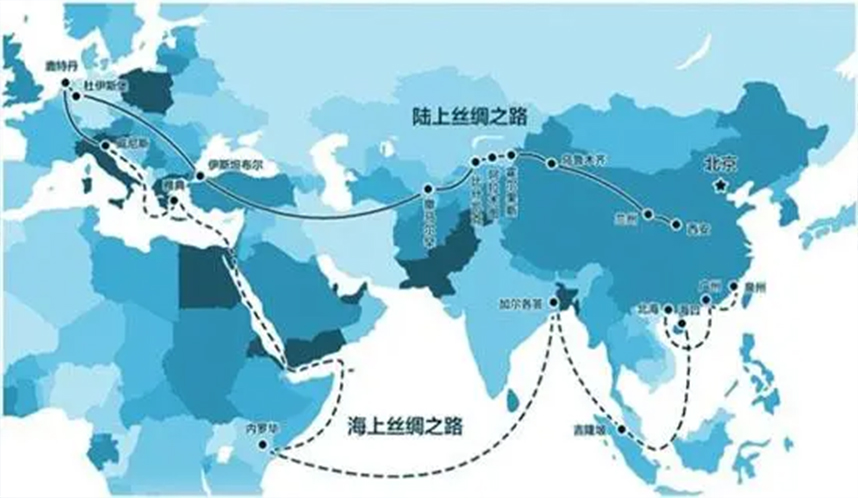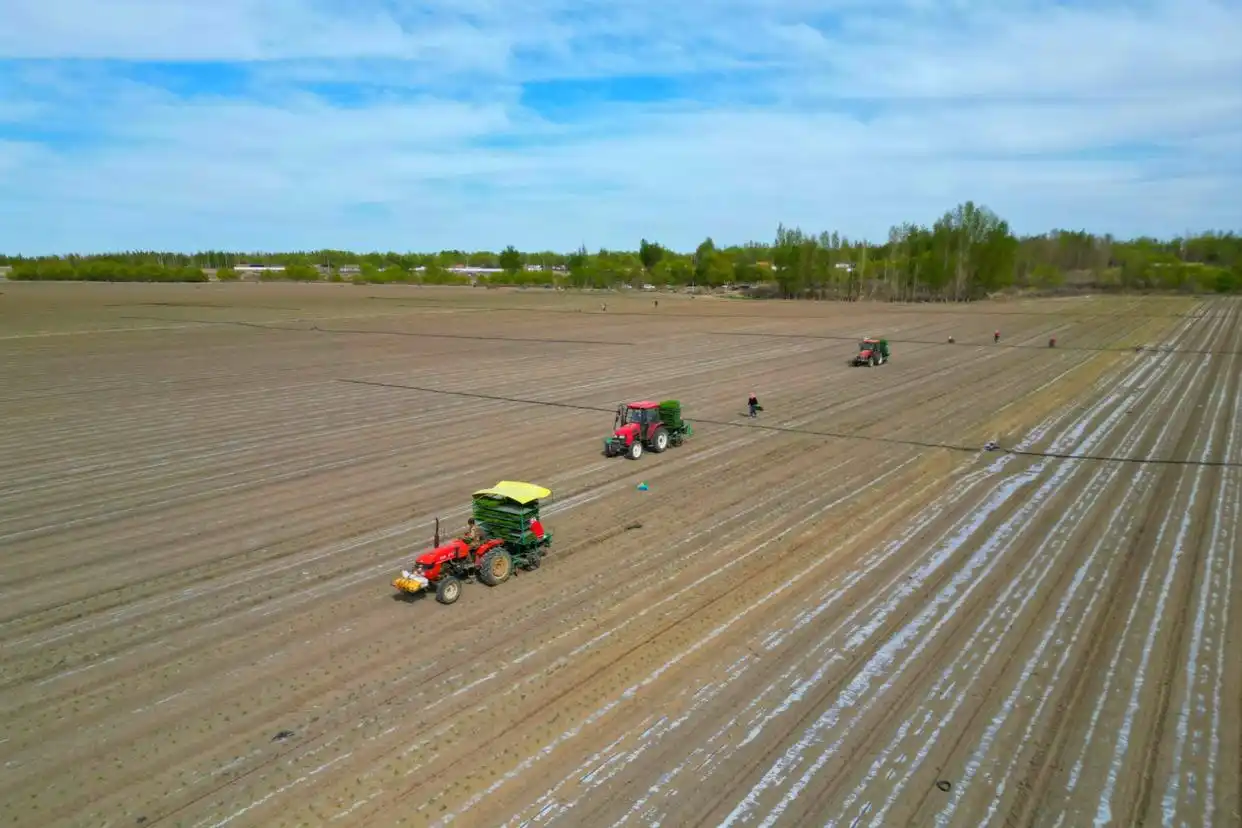
30
April
In April 2025, the Xinjiang tomato planting base officially launched the annual tomato transplanting work
The spring breeze caresses the greenery, and the farming season urges people on. On April 25th, in the vast fields of Xinjiang, five tomato transplanters organized by our company were shuttling back and forth. Workers skillfully placed tomato seedlings at the planting mouths. One by one, the tender green seedlings were precisely implanted into the soil by the machinery, and a scene of spring ploughing and production full of vitality gradually unfolded.
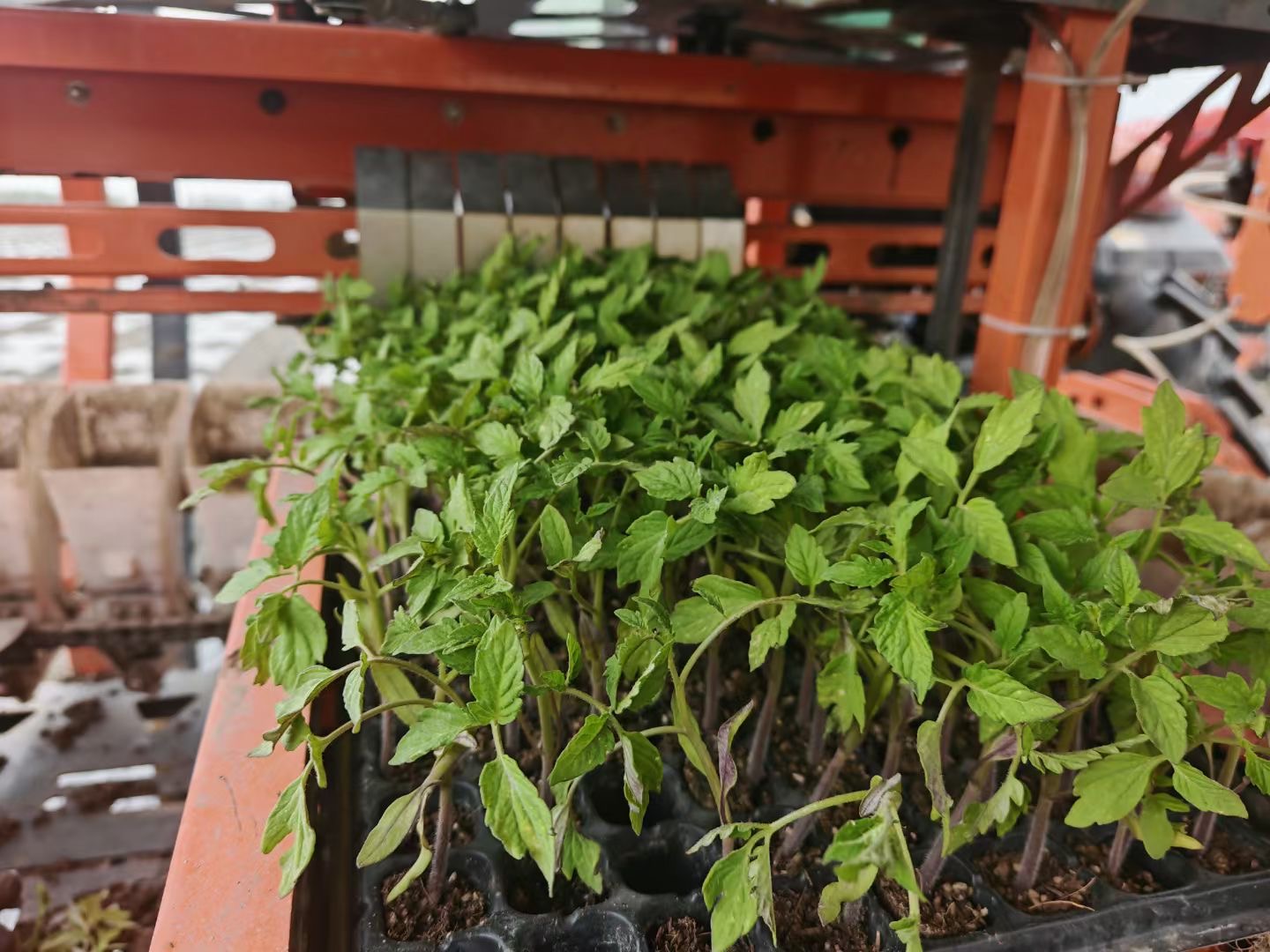
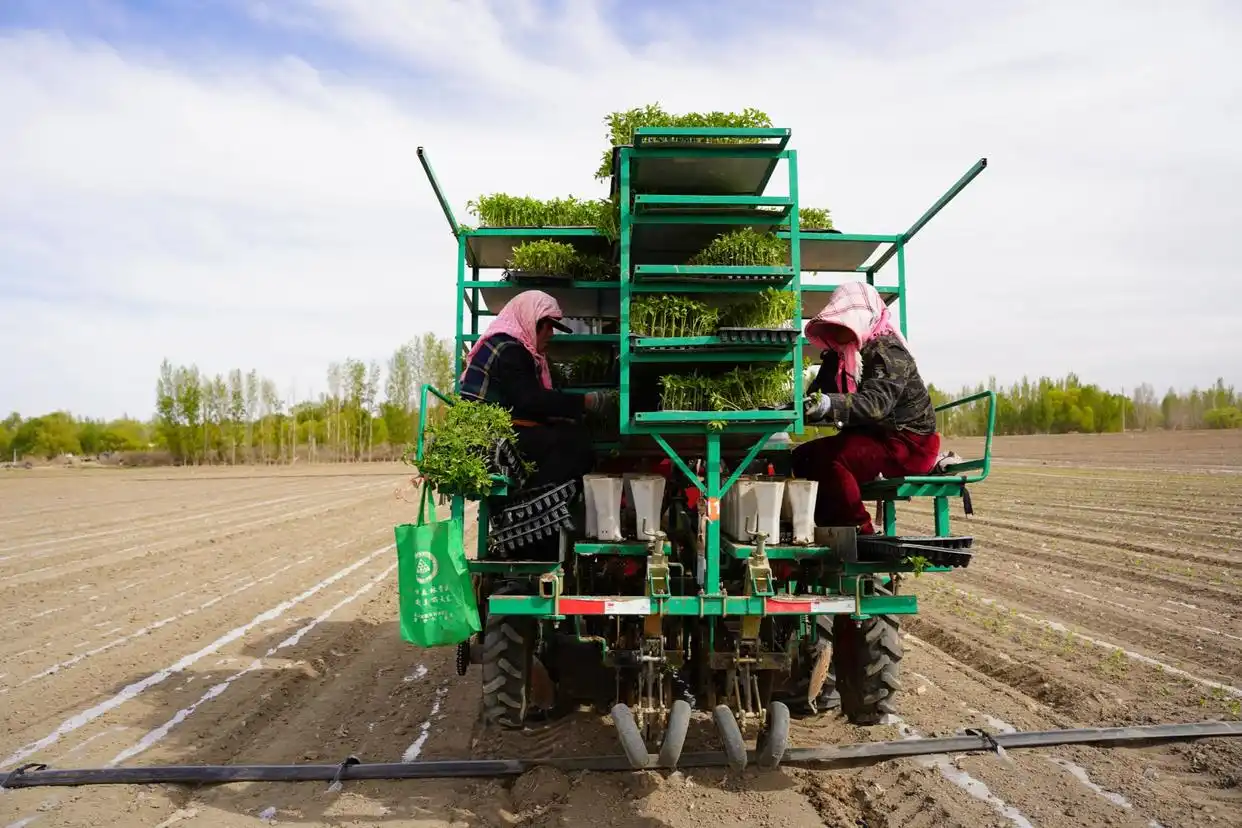
Technology empowers modern agriculture to ensure that seedlings are "physically strong"
Since the beginning of March, as the temperature has steadily risen, our company has been working non-stop to guide farmers in preparing for spring ploughing. In the seedling cultivation stage, by installing Internet of Things (iot) devices in greenhouses and adopting a collaborative management model of "Digital agricultural cloud platform + intelligent greenhouse", iot sensors are relied on to monitor parameters such as temperature, humidity, light intensity and soil moisture in the greenhouse in real time, further ensuring that tomato seedlings are in the best growth state. The company also organized and established a quality inspection team composed of agricultural technicians to conduct random checks and inspections on tomato seedling greenhouses from time to time, collecting key growth indicator data such as the height of tomato seedlings, stem diameter, and the number of true leaves, providing a basis for scientifically determining the transplanting time and effectively ensuring the efficient and orderly progress of the entire seedling production process.
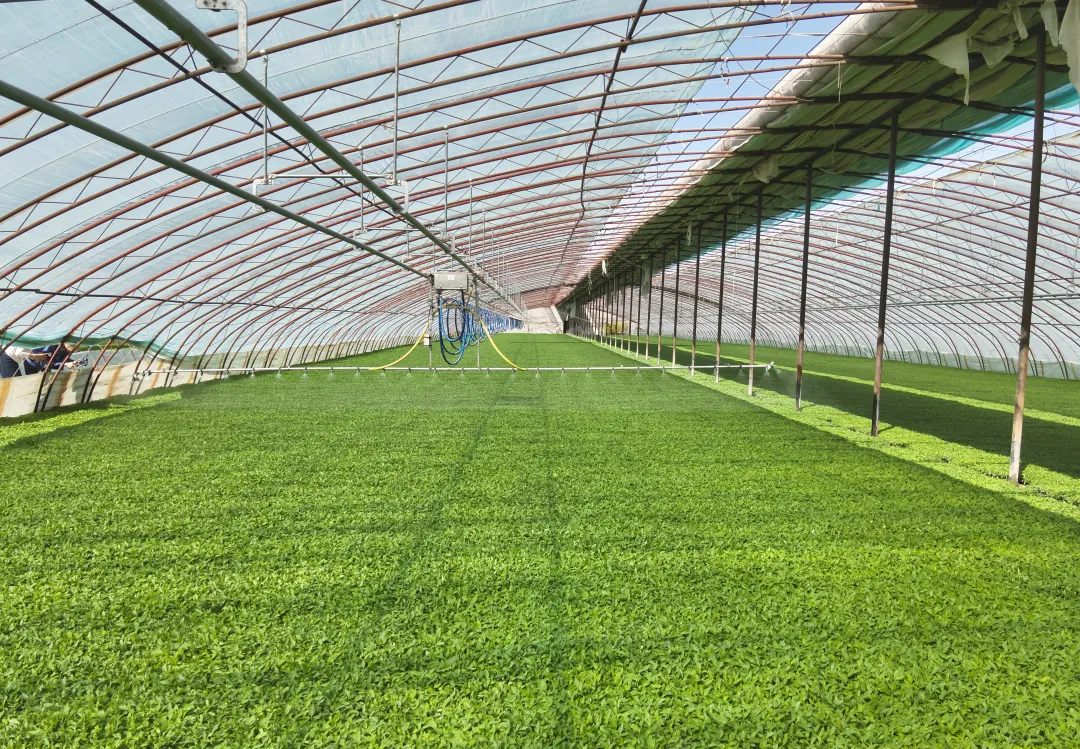
Mechanical operation efficiency improvement, Precise control of transplanting time
This year, our company has comprehensively promoted the application of full-process mechanization and intelligent technologies in tomato cultivation. Through the field Internet of Things devices and the field tracking services provided by technicians, the entire process of transplanting, including seedling raising, furrow digging, planting, soil covering, and laying drip irrigation tapes, has been standardized. This has ensured that the growth conditions of tomato seedlings throughout the planting area, such as plant spacing and row spacing, are relatively consistent, providing favorable conditions for subsequent unified irrigation, fertilization, and pest control and other field management work. The transplanting efficiency is nearly three times higher than that of traditional manual labor. Meanwhile, the company collected operation data such as the daily operation duration of the transplanter and the qualified rate of plant spacing, and established an analysis model in combination with environmental parameters such as regional soil moisture and climate characteristics. It scientifically formulated transplanting plans and dynamically controlled the operation sequence, achieving a simultaneous improvement in the accuracy and efficiency of tomato seedling transplanting operations. At present, the mechanical transplanting rate of tomato seedlings has reached over 95%, laying a solid foundation for a bountiful harvest of tomatoes throughout the year.
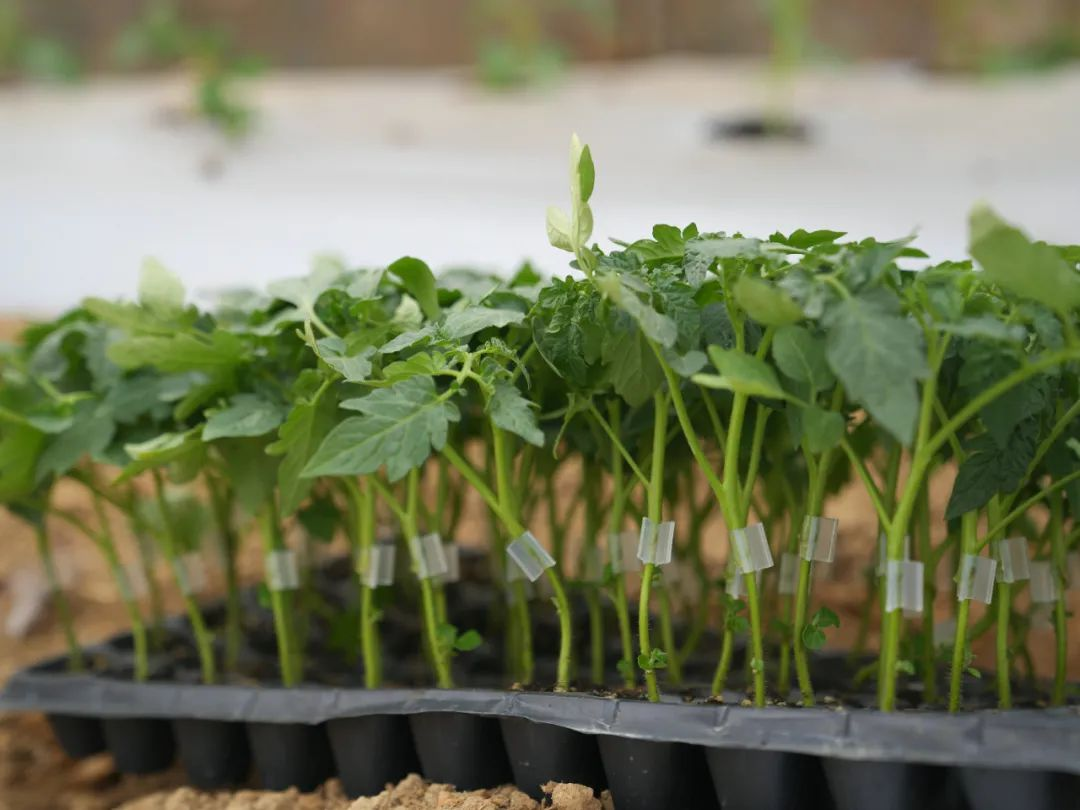
Multiple departments work together to ensure that spring ploughing services reach the fields
To ensure the smooth progress of the tomato transplanting work, our company has coordinated and dispatched 17 transplanting machines, organized an agricultural technical service team to be stationed on-site to conduct dynamic monitoring of the seedling conditions and provide standardized technical guidance, offering precise agricultural advice to the growers. The company has simultaneously established a quality control system and adopted a dual supervision model of "standard operating procedures + agricultural machinery condition monitoring". A dual-line response mechanism of "Smart agriculture platform + field Service Post" has been established to address farmers' technical demands in real time, effectively promoting the dual improvement of transplanting operation efficiency and seedling survival rate.
